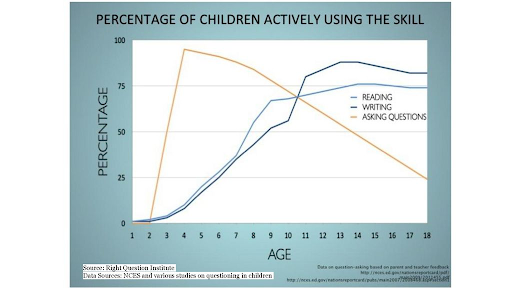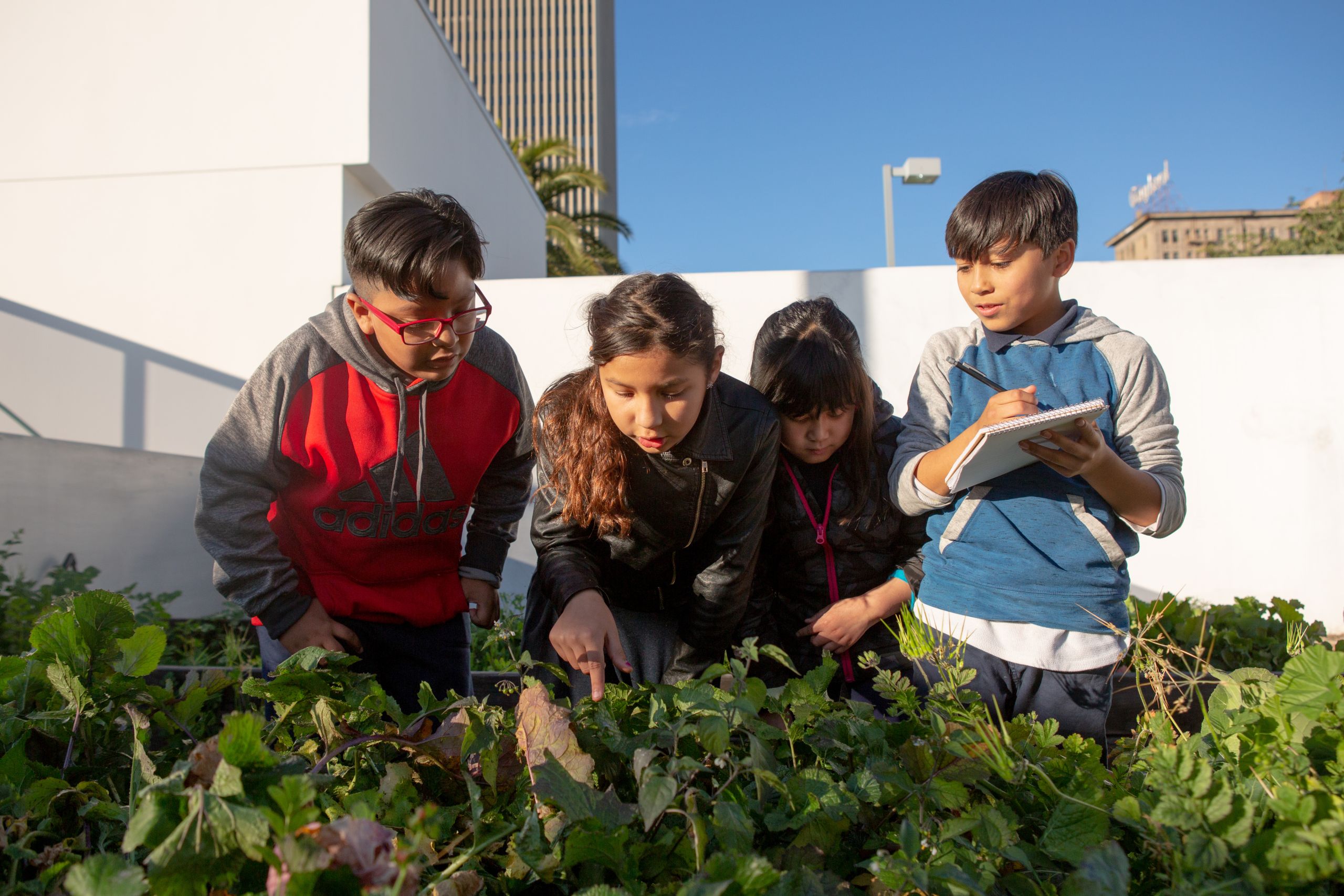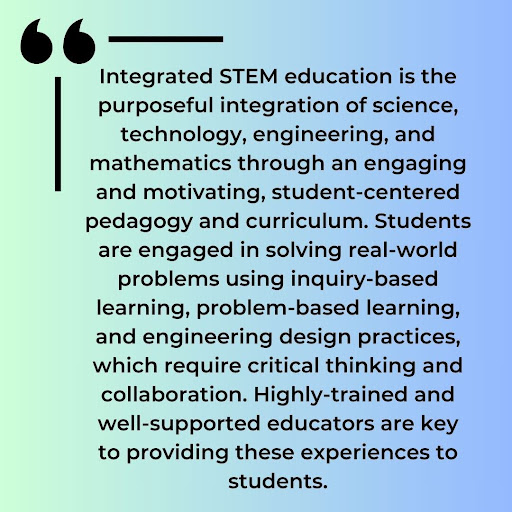The importance of STEM education in the US has literally been discussed for decades. Websites, blogs, books, and curricula, including some amazing resources here at KINL, are available for those needing a strong foundation on the how and why of integrated STEM. In this first part of my series, though, I’m going to make a few assumptions: that you know what STEM is, that you’ve tried it out in your classroom, and that you want to dig in more.
Throughout this series, I’m going to use the phrase “integrated STEM.” As I’m sure you know, if you talk to a dozen different educators, you’ll get a dozen different definitions of what STEM is (or what abbreviation they use). My favorite definition of “integrated STEM” is from Indiana’s Priorities for STEM Education
I worked on the team that developed the Indiana Academic Standards in Integrated STEM, and the one big idea I want all educators to take away from those standards is that STEM doesn’t just happen on Friday afternoons, or in a cycle class, or in one project a year. The skills, behaviors, and mindsets of STEM can and should be integrated into every learning opportunity our students experience.
Early elementary grades (Kindergarten through Grade 2) offer some rare and exceptional opportunities to integrate STEM learning in all content areas. Early elementary students are naturally curious – they ask so many questions, they’re experiencing many parts of the world for the first time. Educators can take advantage of this by using their questions and observations to guide learning opportunities. Here are just a few ideas:
- Have students share/write/record their questions and wonders before starting a new storybook, a new lesson, or during Monday morning meetings.
- Rotate new and interesting objects into your classroom or school building for students to observe. Develop norms for recording and sharing their observations. These objects could be related to your community (an ear of corn from the field next door, photos of street art), your school (photos or artifacts from important events), current lessons (animal life cycles, parts of uniforms, different types of maps), or student-generated artifacts (think show and tell, with less telling).
- Use these questions and observations to build checkpoints into a lesson or your schedule. Did this question get answered? How many people had the same question? What new question does this information bring up?
The Uncomfortable Part
Any time you build new methods into your teaching practice, there will be uncomfortable parts. Integrated STEM is no different. If you are focusing on questioning with your early elementary students, you’re going to have to confront a few of these. First, we know that young students ask a ton of questions, and unfortunately, national data shows school-aged students start to ask drastically fewer questions. Noticing and reflecting on how you encourage or discourage questions in your class can be an eye-opening experience.

Building a culture of question-asking can also be very humbling; it’s probably not often that you admit you don’t know the answer to a question that a six-year-old asks. This is a wonderful opportunity to model for your students what to do when you don’t know the answer. First, admit that you don’t know. Then, look for resources or people who might know the answer. Can you ask another teacher or the media specialist? Can you use a book? Or research on the internet? Is this a question that needs to be answered right now, or can it be written down and maybe we’ll be able to answer it tomorrow after we finish our project? By modeling different ways of answering questions and triaging the importance of certain questions, you’re helping your students build skills for problem-solving and critical thinking that they can use throughout their lives.
As you reflect on the questions you and your students ask, share those reflections with a colleague. What patterns do you notice? What barriers can you remove together to help students ask and answer their own questions in class? Be on the lookout for our next installments in this series, looking at upper elementary, middle school, and high school students.
Resources
Please login or register to claim PGPs.
Alternatively, you may use the PGP Request Form if you prefer to not register an account.




